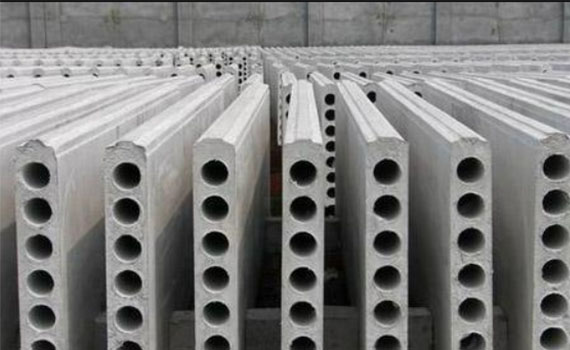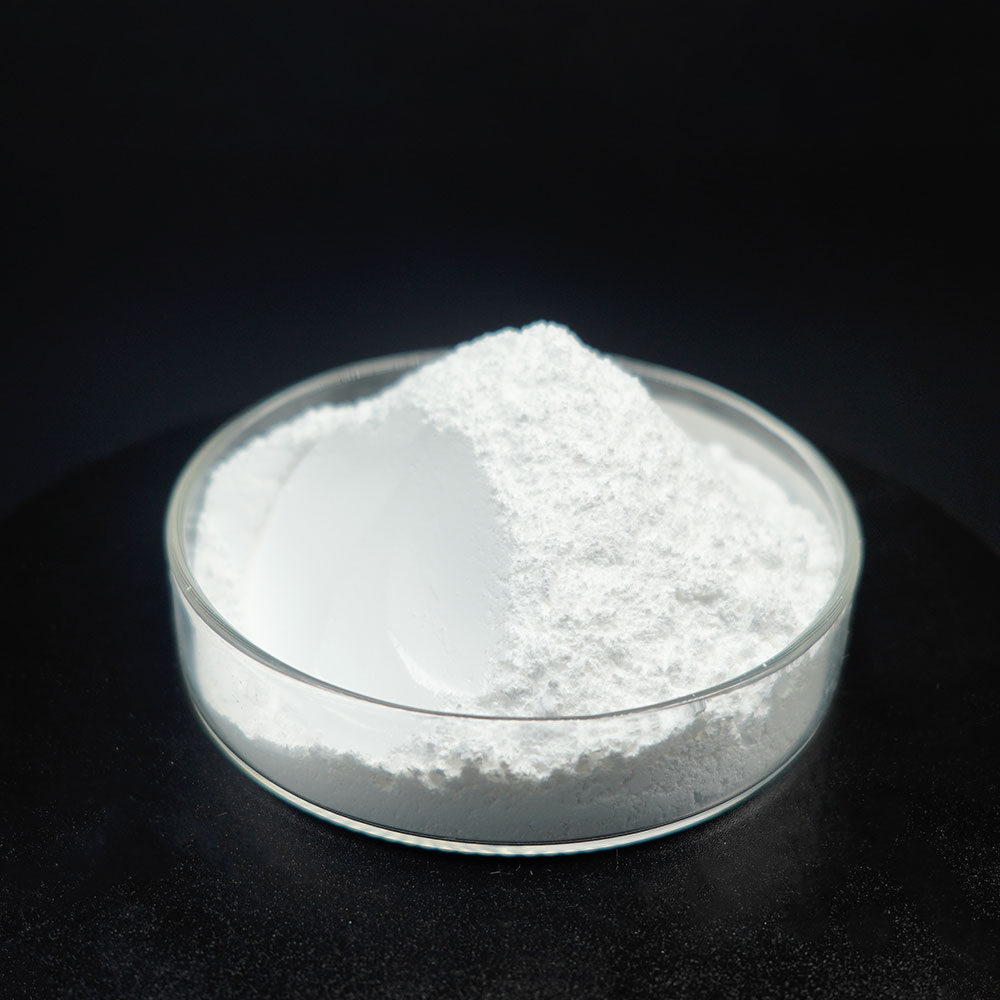Professional solutions on concrete addtives, Concrete Foaming Agent, Superplasticizer, CLC Blocks Additives, and foaming machine
(Factors Affecting Concrete Early Strength)
concrete early strength is a term used to describe a concrete mixture that achieves compressive strengths greater than 21 MPa at 24 hours after site pouring. This type of concrete is used in the construction industry for a variety of purposes, including rapid form reuse, precast concrete for fast production of elements, high-speed cast-in-place construction, cold-weather construction, quick repair of pavements to reduce traffic downtime, and fast-track paving.
Factors influencing the initial development of strength in concrete are many and complex, including the properties and proportions of the constituent materials, degree of hydration, rate of loading, method of testing, and specimen geometry. The strength of saturated specimens can be as much as 15 to 20 percent lower than that of dry specimens.
Effect of Aggregate Size
Larger maximum size aggregates have a significant impact on the strength of concrete. This is primarily due to the smaller specific surface area of the aggregates and the weaker aggregate-paste bond. The volume of the paste is also reduced for a given amount of concrete, which may induce additional stresses in the paste that can cause microcracks prior to application of load.
Accelerating Admixtures
A number of accelerating admixtures have been developed to produce concrete with very early strengths. These admixtures can be based on ground granulated blast furnace slag, calcium chloride, or supplementary cementitious material.
Compressive strengths in concrete depend on a number of factors including the aggregate-paste bond, water-cement ratio, and the rate of load applied. However, the most important factor affecting the ultimate strength of concrete is its composition.
(Factors Affecting Concrete Early Strength)








